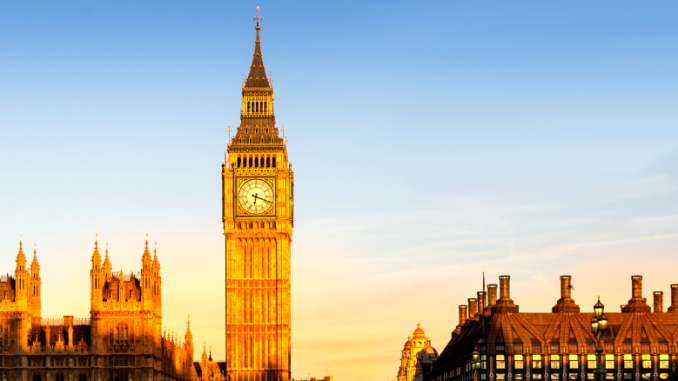
At the beginning of the year, with what started as a complaint from Finland, after gathering tens of thousands of signatures from its citizens to force their Finnish EU ministers to begin lobbying the European Union to no longer observe Daylight Saving Time (DST), actually ended up sparking debate throughout the EU involving public opinion polls and deadlines now progresses with the European Commission drafting legislation heading to the European Parliament and the European Council for a vote “to stop changing the clock” throughout EU member nations.
In Finland, especially those in the northernmost part, people don’t benefit much from daylight savings time considering they are so close to the polar region and daylight ‘varies drastically per season.”
In June and July, the “Midnight Sun” is in the sky for 24 hours a day. According to the Finnish Meteorological Institute the average length of day from early January, Polar Night -no sunrise and from early February: sunrise 9:30 a.m., sunset 3:30 p.m.
At the time, Finland basically lost its appeal, and even though they were unable to effect change, or so they thought, the BBC reported in February, “European Union orders review of daylight saving time” and the debate was on and “EU lawmakers called for the European Commission to launch a ‘full evaluation’ of the current system and come up with new plans, if necessary.”
By July, The Verge, reported, the EU would begin “polling citizens if daylight saving is really necessary” and they had an August 16th deadline to decide. Now it would be a matter for citizens to decide which way to go.
EU citizens were given the options of sticking to current DST, choose a new set of rules rather than switching twice a year, or abandon DST all together. And then, if the latter is chosen, which one would be used? Standard time, which is the winter time, or the summer time?
We have launched a consultation on the daylight saving time clock changes to evaluate whether or not the rules should be changed.
— European Commission ?? (@EU_Commission) July 5, 2018
Share your views by filling in the online questionnaire, available in all EU languages → https://t.co/dTd8oRGRcV #EUHaveYourSay pic.twitter.com/TEZYzAf45Q
On Friday, the European Commission released a statement that the results were in: “Summer Consultation: 84% want Europe to stop changing the clock.”
“The final results of the public consultation will be published in the coming weeks. The Commission will now make a proposal to the European Parliament and the Council with a view of changing the current clock change arrangements.”
You can see all the voting results here, with graphs on voter’s alternative preferences and overall experience with clock change, at the European Commission’s website press release.
Time and Date shows us some history Daylight Saving Time and that there has always seemed to be a never-ending debate going on over it.
Of course, this is not to be confused with the Coordinated Universal Time (UTC), which is the world’s agreed upon ‘coordinated’ standard time using closely synchronized and highly precise atomic clocks combined with the Earth’s rotation…Gak.
We’ve been changing our clocks to ‘spring’ forward or ‘fall’ backwards for a hundred years so debates over it are not surprising. They run the gambit from who first suggested it, Benjamin Franklin in 1784 or scientists in New Zealand in 1895? to who first started it, Canada or Germany? – though there is evidence the Romans changed scales in their water clocks to adjust their schedules to solar time – to now days: Why do we still need it?
TimeandDate tells us that “less than 40% of the countries in the world use DST today” and that “daylength variations are negligible around the equator and most tropical territories do not change their clocks.
But if the majority of the world’s countries do not change their clocks twice a year today, why do we still use it?
The pros and cons seem to be the same the world over.
It’s still used today, they tell us, to save energy and make better use of daylight. We have longer summer evenings for recreational activities and the tourism industry makes good use of the extra time in summer which is good, they say, for local economies. Crime, they say, is less with more daylight.
But does it save energy in today’s world? When it began to take hold, people didn’t have access to the energy consuming products and services we have today. A hundred years ago more daylight meant having to use less artificial light. In an agriculturally driving society extra daylight was put to good use. But now, they say, the amount of energy saving may not only be negligible, but possibly may increase energy use, according to an Indiana study done “when they decided to introduce DST in 2006.” Indiana has two time zones in their state, eastern and central, so maybe that is why they waited so long?
In the United States, most states observe DST time change with the exception being Arizona, except for the Navajo who do observe it on tribal lands, and Hawaii. Territories who don’t observe DST are American Samoa, Guam, the Northern Mariana Islands, Puerto Rico, and the United States Virgin Islands.
If European Union nation member states vote to end their member states observance of changing their clocks forward or backward twice a year, that 40% who still use it drops drastically. At that point, maybe the rest of the world will finally do the same as we progress into the technological age?

1 Trackback / Pingback
Comments are closed.